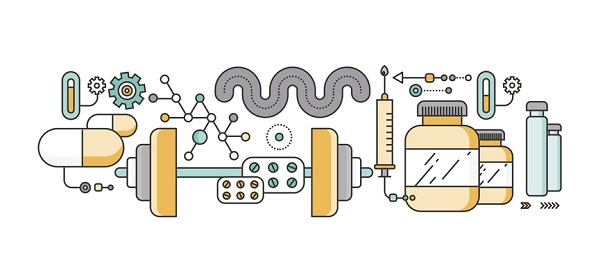
Canada’s Food and Drug Regulations place requirements on new drugs to ensure that they satisfy the standards for market release. In addition, the Therapeutic Products Directorate (TPD) regulates Canada’s prescription drugs and medical devices.
New Drug Submissions are submitted to the TPD after three phases of clinical trials. The results from these trials need to be favourable, but once they have proven that the drug is safe enough to be submitted, the manufacturer will submit a New Drug Submission.
These are important documents, along with Clinical Trial Applications (CTAs), Common Technical Documents (CTDs), and other regulatory requirements. If you’re studying regulatory affairs, you should be familiar with them. Read on to learn more about drug submissions!
Abbreviated New Drug Submissions in Pharmaceutical Regulatory Affairs
An Abbreviated New Drug Submission (ANDS) is used to get approval for marketing generic drugs.
- Generic drugs are defined by Health Canada as, “A copy of a brand name drug. The generic drug is pharmaceutically equivalent to the brand name drug: it contains the identical medicinal ingredients, in the same amounts and in a similar dosage form”.
With an ANDS, the government will judge and assess whether the generic drug in question is safe, as well as whether it can match the effectiveness of the brand name drug it can be compared to.
Generic drugs should be submitted under the category of “Abbreviated” because there is no clinical trial data needed in their case. With other drugs, three phases of clinical trials are used to determine safety and efficacy.
- An ANDS compares the generic drug to its “reference drug”, which is the brand name equivalent.
- Bioavailability is important on an ANDS—it determines whether the active ingredient is able to match the brand name in terms of how much of the drug is absorbed in the bloodstream when administered.
- Any studies showing comparisons of characteristics between the reference drug and generic drug will also be identified on the ANDS.
- An ANDS also includes information about portioning, stating whether scoring on tablets is identical to the reference drug.

Generic drugs are copies of brand name pharmaceuticals, with the same active ingredients
You Can Learn about New Drug Submissions in Regulatory Affairs Courses
Market entry drug products need to be submitted for review and assessment after clinical trials are finished.
The Health Products and Food Branch (HPFB) is identified by Health Canada as their branch that “regulates, evaluates and monitors the safety, efficacy, and quality of therapeutic and diagnostic products available to Canadians. These products include drugs, medical devices, disinfectants and sanitizers with disinfectant claims”.
If you’re starting a pharmaceutical regulatory affairs program, you may be wondering what classifies as a drug in Canada. According to the Food and Drugs Act, drugs are created for the following purposes:
- Treating or otherwise dealing with a disease, symptoms, or a disorder in animals or people;
- Changing or restoring organic functions in animals or people; or
- Disinfecting for food production or storage
A New Drug Submission contains data from clinical trials, information about safety, and proof of efficacy. It also identifies how and where it will be packaged and notes side effects.

New drugs are always being developed and must be submitted for review before they can hit the market
Notices of Compliance and what They Mean for Careers in Regulatory Affairs
After the HPFB reviews the NDS, they will decide whether the drug fits the following criteria:
- The benefits of the product outweigh any risks associated with the drug
- Any risks that do exist, such as side effects, can be mitigated
If the drug fits each criterion, A Notice of Compliance or an NOC is issued with a Drug Identification Number (DIN). Once the sponsor has received this, they can market their drug in Canada.
This means that in careers in regulatory affairs, drugs with an NOC and DIN have been approved officially. If there are problems with efficacy and safety, or if quality is an issue, marketing authorization will not be given.

Notices of compliance indicate that a drug has met the required criteria for market approval
Are you interested in regulatory affairs courses?
Contact AAPS for more information.



